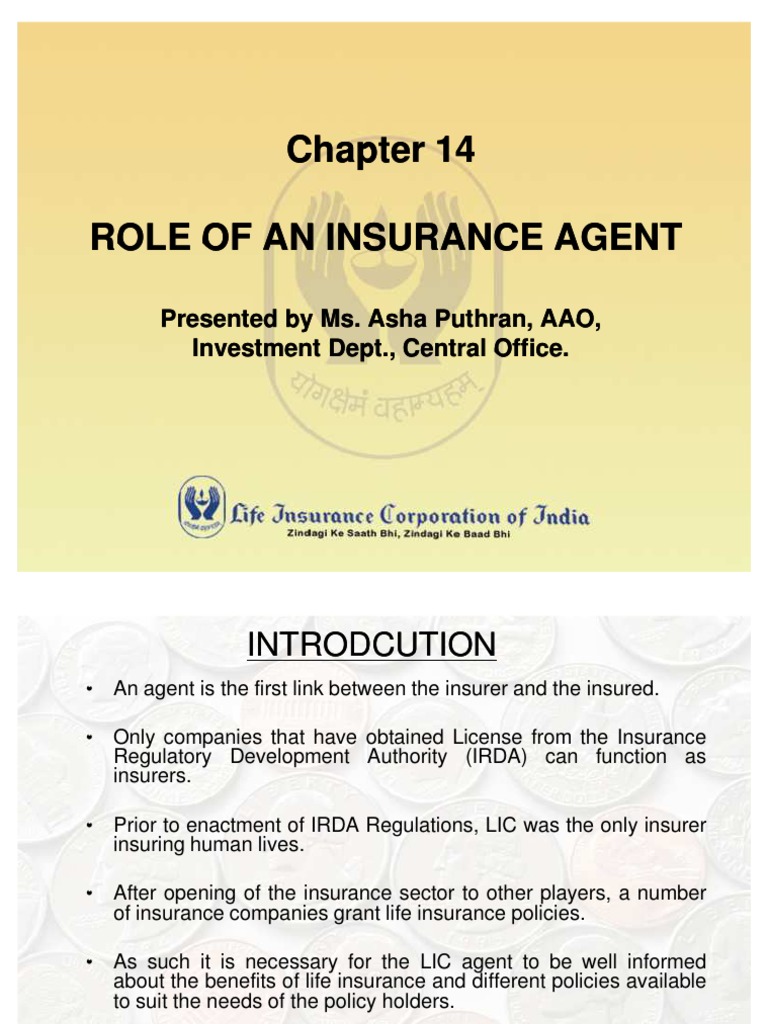All About Pacific Prime
All About Pacific Prime
Blog Article
All About Pacific Prime
Table of ContentsAll About Pacific PrimePacific Prime Fundamentals ExplainedNot known Facts About Pacific PrimeGetting My Pacific Prime To WorkThe Ultimate Guide To Pacific Prime

This is because the data were collected for a period of strong financial performance. Of the approximated 42 million people that were without insurance, all but regarding 420,000 (concerning 1 percent) were under 65 years old, the age at which most Americans come to be qualified for Medicare; 32 million were grownups between ages 18 and 65, about 19 percent of all adults in this age group; and 10 million were children under 18 years of age, regarding 13.9 percent of all children (Mills, 2000).
These estimates of the number of individuals without insurance are produced from the yearly March Supplement to the Current Populace Study (CPS), conducted by the Census Bureau. Unless or else noted, nationwide quotes of individuals without wellness insurance coverage and proportions of the populace with different kinds of protection are based on the CPS, the most widely used resource of estimates of insurance coverage and uninsurance rates.
The Only Guide for Pacific Prime

Still, the CPS is particularly valuable because it generates yearly quotes reasonably promptly, reporting the previous year's insurance coverage estimates each September, and because it is the basis for a regular collection of quotes for more than 20 years, enabling evaluation of patterns in coverage in time. For these reasons, along with the considerable usage of the CPS in other studies of insurance policy coverage that are presented in this report, we depend on CPS estimates, with constraints noted.

The quote of the number of without insurance people increases when a populace's insurance policy condition is tracked for numerous years. Over a three-year period starting early in 1993, 72 million individuals, 29 percent of the united state population, lacked insurance coverage for at the very least one month. Within a single year (1994 ), 53 million people experienced at the very least a month without protection (Bennefield, 1998a)
6 out of every 10 without insurance adults are themselves employed. Working does improve the chance that one and one's family participants will have insurance policy, it is not an assurance. Even participants of family members with 2 full-time wage income earners have practically a one-in-ten chance of being uninsured (9.1 percent without insurance rate) (Hoffman and Pohl, 2000).
Getting My Pacific Prime To Work
New immigrants make up a considerable percentage of individuals without medical insurance. One analysis has actually attributed a significant part of the current development in the size of the U.S. without insurance populace to immigrants that showed up in the nation in between 1994 and 1998 (Camarota and Edwards, 2000). Current immigrants (those who concerned the USA within the previous 4 years) do have a high rate of being uninsured (46 percent), however they and their youngsters make up just 6 blog here percent of those without insurance country wide (Holahan et al., 2001).
The partnership in between medical insurance and access to care is well established, as recorded later on in this phase. The connection between health insurance coverage and health and wellness end results is neither straight nor easy, a substantial professional and wellness solutions research study literature web links wellness insurance policy coverage to improved accessibility to care, better quality, and improved individual and population health status.
Levels of evaluation for checking out the impacts of uninsurance. This discussion of medical insurance coverage focuses largely on the U.S. populace under age 65 since virtually all Americans 65 and older have Medicare or various other public insurance coverage. It focuses particularly on those without any health and wellness insurance coverage for any kind of length of time.
Unknown Facts About Pacific Prime
The troubles faced by the underinsured are in some respects similar to those faced by the uninsured, although they are normally much less extreme. global health insurance. Uninsurance and underinsurance, nonetheless, entail clearly various plan issues, and the strategies for addressing them might vary. Throughout this study and the five reports to follow, the major emphasis gets on individuals without wellness insurance policy and hence no help in paying for healthcare past what is offered through charity and safety net institutions
Medical insurance is an effective factor influencing invoice of care due to the fact that both people and doctors reply to the out-of-pocket cost of services - https://businesslistingplus.com/profile/pacificpr1me/. Health insurance coverage, nevertheless, is neither needed nor sufficient to access to medical services. The independent and direct result of health and wellness insurance coverage on accessibility to health and wellness solutions is well established.
Others will obtain the wellness treatment they need also without medical insurance, by paying for it out of pocket or seeking it from service providers that provide treatment complimentary or at highly subsidized prices. For still others, medical insurance alone does not make sure receipt of care due to other nonfinancial barriers, such as a lack of healthcare suppliers in their neighborhood, minimal access to transport, illiteracy, or etymological and cultural distinctions.
What Does Pacific Prime Mean?
Formal study about uninsured populations in the United States dates to the late 1920s and very early 1930s when the Board on the Price of Medical Care created a series of reports regarding funding physician office check outs and hospital stays. This concern came to be prominent as the varieties of clinically indigent climbed up throughout the Great Depression.
Report this page